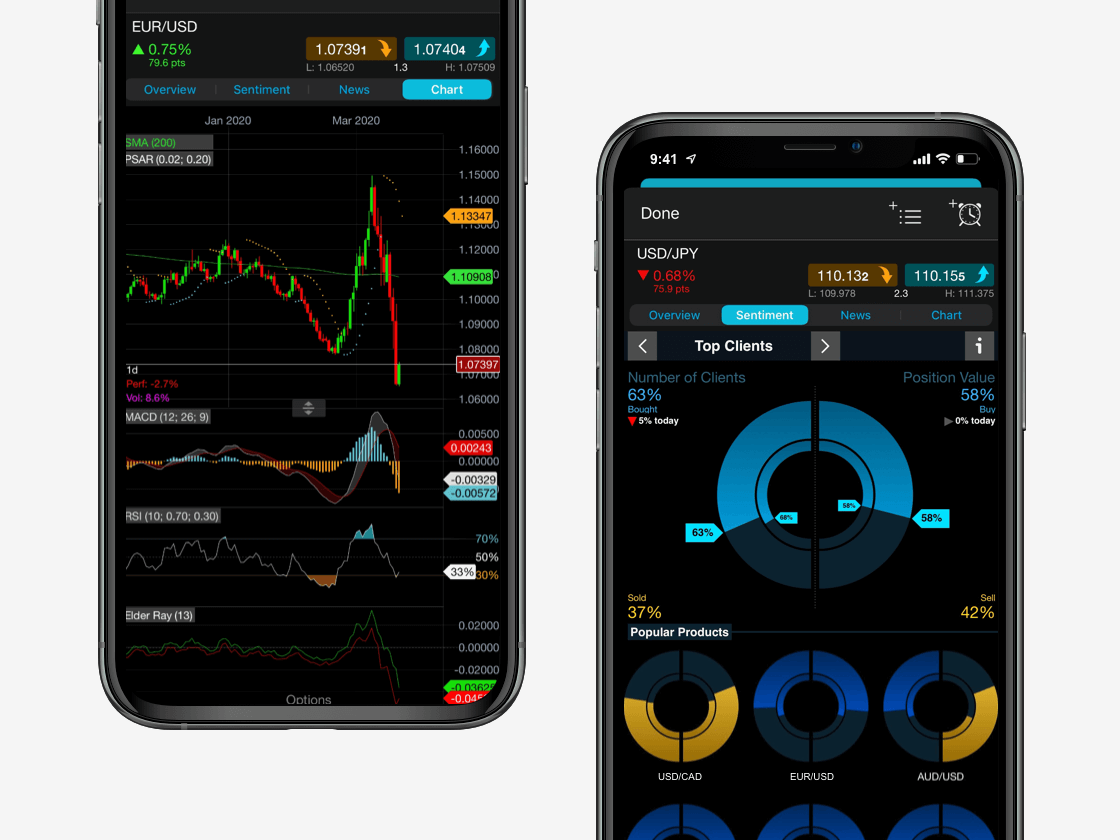A stock split is a corporate action that describes when a company reduces its price per share and simultaneously increases the existing shares.
For example, if a stock is trading at $100 and there is a two-for-one (2/1) split, for each share that you own, you will end up with two shares worth $50. There is no change in value; if you owned 200 shares at $100, you would now own 400 shares at $50. The value of the shares in dollar amount is the same, which stays at $20,000 in both cases.
In terms of what happens with the company, its market capitalisation (share price x number of shares outstanding) will stay the same as before the stock split. Its share price may be reduced but the number of shares outstanding increases proportionately.
There are various split ratios that can occur. A company could give 1.5, 2, 3 or 10 shares for each share outstanding, resulting in a split ratio of 1.5/1, 2/1, 3/1, or 10/1. The company can pick any ratio it desires to achieve the target share price.


















